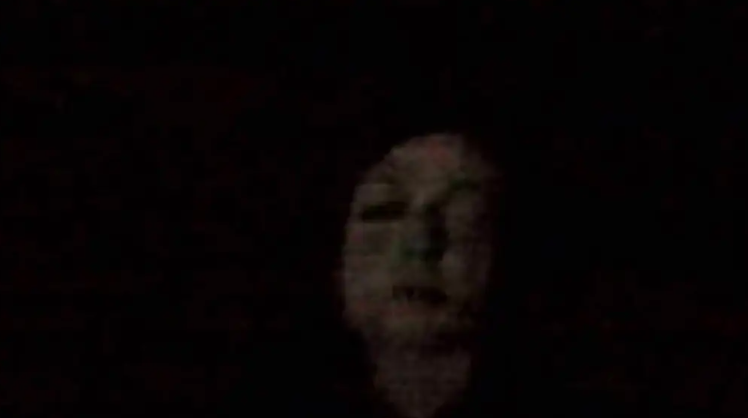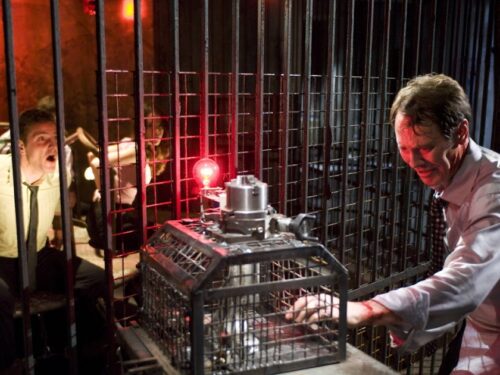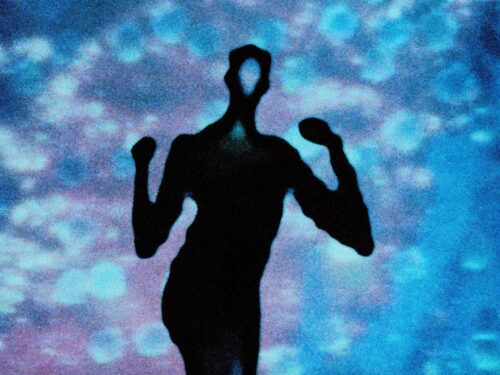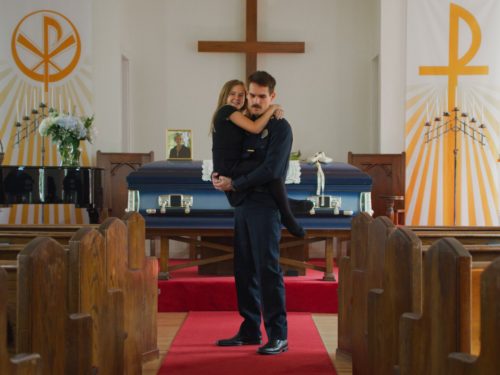Since its 2008 release, Lake Mungo has quietly become a classic supernatural faux-documentary. Daniel Bromfield presents the film’s oral history
On one level, Lake Mungo is a supernatural thriller about a dead girl who turns up as a ghost, and how normal and rational people might deal with such an occurrence. On another level, it’s a meditation on grief: what it does to people, what it brings out in people, whether there’s a “correct” way to process it. And beneath it all, yet another level coils away: the fear of the Outback that’s long been a thread in Australian film, the apprehension settlers feel about their ancient, colonized continent, and the possibility that the land is somehow alive and that a person can simply be swallowed by it.
Lake Mungo was made in 2008 by Joel Anderson, an Australian who has yet to direct another film, though he produced a film called Late Night with the Devil this year. Shot in a pseudo-documentary style, Lake Mungo consists largely of interviews with the actors, playing their characters and improvising their dialogue, intercut with stunning shots of the Australian landscape and home videos recording the wispy and enigmatic appearances of 16-year-old Alice Palmer’s ghost. Nothing breaks the illusion of a documentary until the end credits and the ambiguous final shot.
Ostensibly, this is a documentary about the Palmer family from Ararat, Victoria, two hours outside of Melbourne. We meet father Russell, mother June, son Mathew, and various members of the Ararat community who knew the Palmers. Later in the film, we meet Ray Kemeney, a psychic whose intentions are never quite clear. And through home video footage shot by the Palmers, we meet the dead girl, Alice, who gradually becomes an individual in the viewer’s mind rather than simply a symbol or a plot device whose significance derives solely from how her death affects others.
Lake Mungo made a modest impact when it was first released in 2008. It premiered at the Sydney Film Festival, screened at South by Southwest in 2009, and premiered in the United States as part of the After Dark 4 horror anthology in 2010. Yet residencies on Tubi, Shudder, and Amazon Prime exposed new audiences to this sad, frightening, and fascinating film more than a decade after its release, and its explorations of grief fit more comfortably with a horror landscape influenced by The Babadook (2014) and Hereditary (2018) than the 2000s post-Blair Witch Project (1999) found footage explosion.
The single best scene in the film comes when Alice’s mother reads aloud from the dead girl’s diary, juxtaposed with astonishing nature shots that subtly connect the supernatural events to the land itself. Listen to the control in actress Rosie Traynor’s voice, the way it softens and hardens as she chokes with emotion and then regains control. This sequence leads to the film’s centerpiece, the footage at Lake Mungo, which yields the film’s nastiest shock and its most indelible image (look at that drooping right eye).
It was Traynor’s voiceover that inspired this project. What was going through her brain as she read aloud from the diary, breaking the muted emotional tenor of the film with real tears? (Each of the three interviewed family members has one such moment in the film.) For this piece, I spoke to the three actors comprising the family: Traynor (June Palmer), David Pledger (Russell Palmer), and Martin Sharpe (Mathew Palmer). I also spoke to director of photography John Brawley, and production designer Penelope Southgate.
Forming A Family
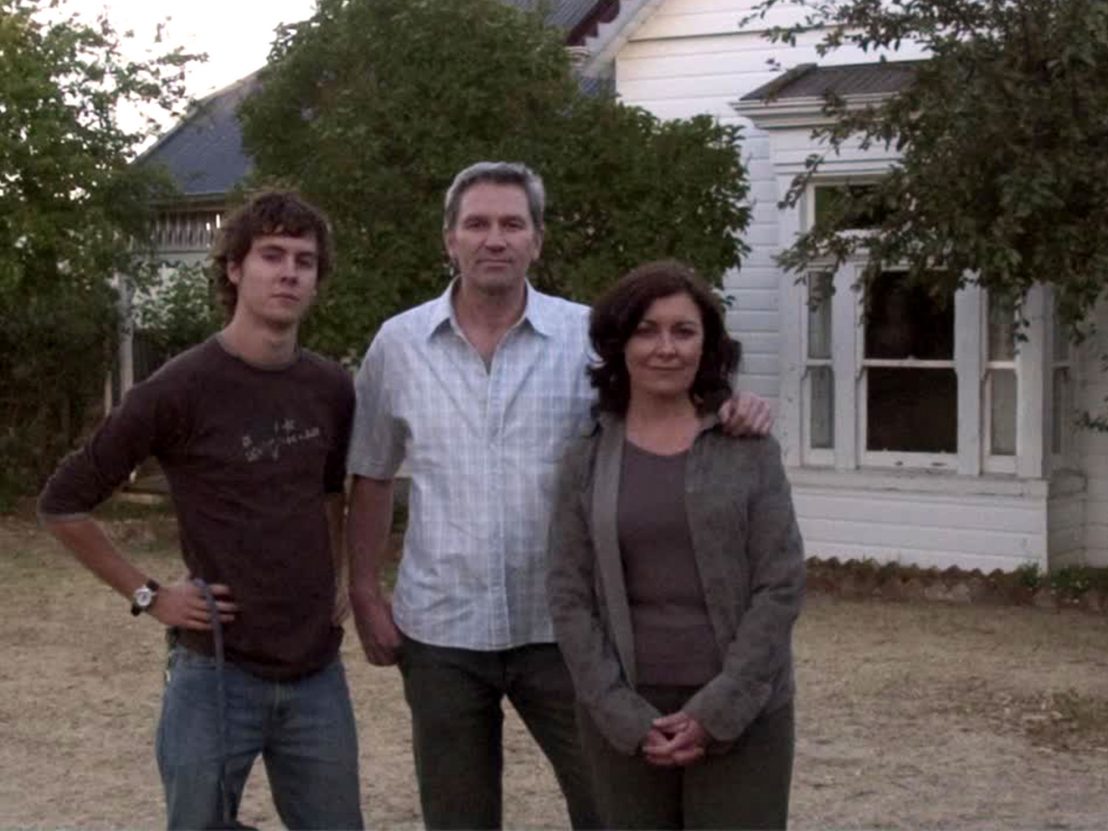
John Brawley: Joel wanted to make a film that wouldn’t cost a lot of money, and we came up with the idea that if we shot it like a documentary, we could have a much smaller crew. We really deliberately limited ourselves in terms of the scale of what we did. I consciously chose to only have one grip and one electric, and normally on a film, you’d have half a dozen guys in each department. But rather than making it feel cheap, we wanted to still make it feel cinematic and tell a good story, and so we used the documentary form as a subversion of the supernatural thriller idea.
David Pledger: The audition process was quite rigorous. It was all about putting the family together. Before we even started shooting, we all had a sense of what our characters were and what their functions were and what kind of people they were, and then you test out those assumptions.
Martin Sharpe: There would be time blocked out in the weeks leading up to rehearsals where we would get together as a family. We did that for a couple of weeks where we just got really close, we really got to know each other. So by the time we got to shoot all that stuff, we were very close. Joel wanted us to feel like a family, and I think that comes across.
Pledger: Because it’s a film about family, you get hyperdrive from the responses you’re getting from the other members of your “family.” So whoever you’re playing a scene with and the way they respond to you, those responses start to accumulate and build character. I remember that this was important for them in determining how to put the family together.
Sharpe: We rehearsed in this big old church in Melbourne called the Abbotsford Convent, which is a beautiful, massive old church. The place itself had a really spooky energy. We’d go into a room and Joel would just throw questions at me, and I would just talk. It went for days, and sometimes we went into the evening when everyone else had gone home. By the time we got to filming, it was just like a conversation between us.
Pledger: There wasn’t actually a script; it was an improvised film. What we got was a description of the scene that you were being asked to play. I might call it more like a structured improvisation, because the script really had a fair amount of structure to it, so you could kind of plot an arc throughout the script as to what you might offer up as an actor.
Creating The Characters
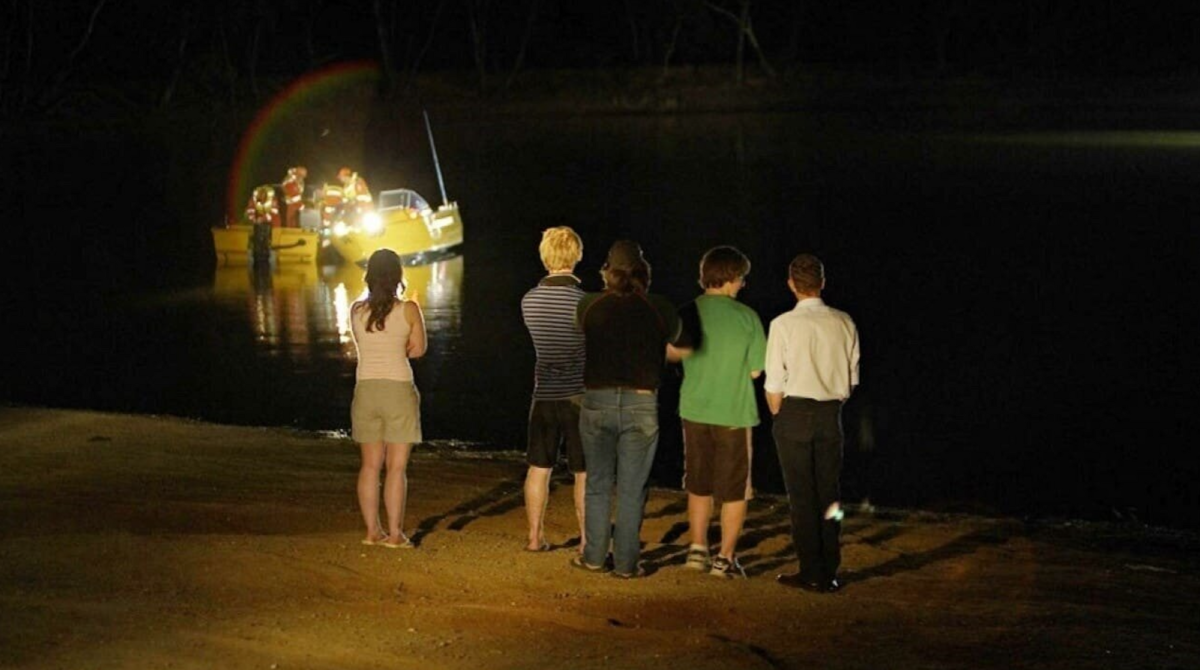
Pledger: I think what happens when you are going through a grieving process is that certain flaws in your personality get exposed, and you say or do things that you wouldn’t normally do because of the stress that you’re under. When you’re experiencing grief, you don’t have smooth polish around you as a person. I thought it was important that you felt that from Russell.
Rosie Traynor: There was a lot of regret in June. She had walls up a lot of the time. She had trouble relating to her mother and she had trouble relating to her daughter, so it was this holding back of affection that created so much guilt when her daughter died. She never let herself be vulnerable. She never let herself be loved, and she found it hard to express love.
Sharpe: Mathew is very much like me, except in life I’m a lot more of a people-pleaser. I’m used to being around people and putting on an extroverted persona. But Mathew was very much himself. He’s into what he’s into. Mathew’s the essence of me without any of that people-pleasing stuff. He’s like the most introverted cinephile tech-geek version of me.
Traynor: I think June was unfulfilled. She gave up a lot, gave up her kind of freedom, to have these children. And the husband worked well, he was in a job, and she was doing a little bit of writing. They didn’t actually put that in the film at the end, but I don’t think she had much of a creative outlet. And living in a small country town, she was a bit bored.
Sharpe: Mathew, like me, was 19 at the time. He is keeping his emotions very closely guarded. The last thing he wants to do is have some big emotional moment on camera. He’s trying to be strong for his family, for himself. He’s a vulnerable young man trying to act wise beyond his years.
Brawley: We realized that for Alice, to create her character would all be through representation that the family themselves had captured. So it was gonna be home movies, it was gonna be photos, it was gonna be her friends, and obviously you start seeing other things, like other people’s home movies and her own mobile phone footage as well. Those things were all interesting to us because one of our core ideas was that sometimes with an image, the closer you look, the harder it is to see what’s going on.
Setting The Tone
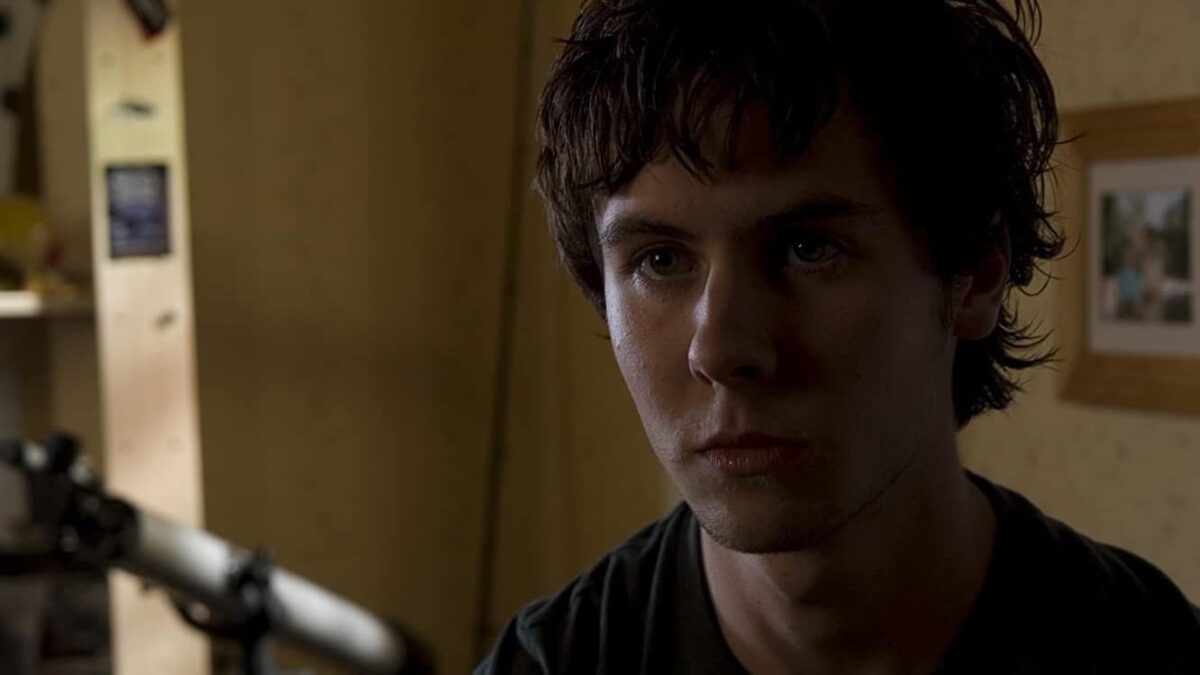
Sharpe: When people go through things like this, it really never feels like it often looks in a movie. Movies often go for melodrama or people sliding down a wall, wailing. And often in times of grief and processing things, people are actually very quiet or in shock or reflective.
Pledger: I think the decision to take a documentary approach really helped keep the emotional temperature sort of low to mid, it doesn’t ever get too high. You don’t let the emotions get away from you. It means the audience can sit with the characters and make their own mind up about them, even if those characters aren’t really helping the audience find out who they are.
Traynor: It’s about the audience feeling something, not necessarily the actors feeling something. When someone is going through something incredibly emotional, you don’t dictate how the audience is gonna feel. It’s not about imposing anything. It’s really about stripping away.
Sharpe: Joel was very particular about remembering that these people aren’t used to being on camera. These are suburban people living in Ararat, not necessarily comfortable with the idea of being on television or having a movie made about them. So part of it was being present in the moment of having a camera crew in your home, being reserved and uncomfortable.
Traynor: [June] had this scene where she had to flip through her daughter’s diary. They actually had a real kid write this diary, and just looking at the child’s writing in this diary and the hopes and aspirations she expressed just made me blub. When they finished the scene I just wanted to go and just lie in her bed for a little while because it affected me in this weird way.
Building A Haunted House
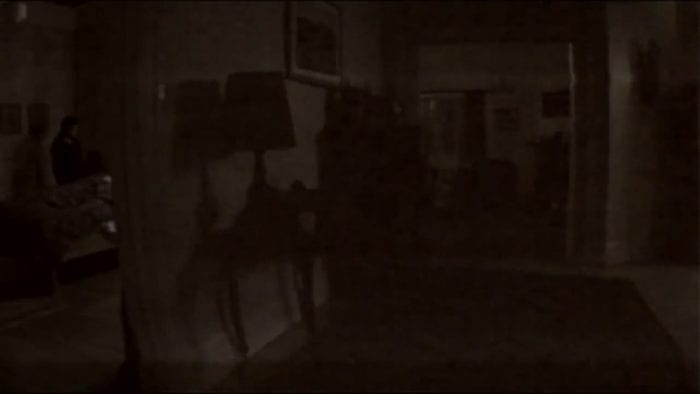
Penelope Southgate: We wanted an old house. Old houses often have high roofs, long corridors, so we wanted a lot of depth so that you could see things down in the distance. It was a house that we found in country Victoria. A lot of the house was quite white, so we wanted to have some darkness in it so there were some shadows and secrecy about it.
Traynor: There was this scene they had originally that there was an infestation of mice or rats. And they didn’t put it in the film. I remember one day people sitting down in the front yard with this great big sheet spray-painting dead mice because they could only get white ones, but they wanted gray ones.
Southgate: We actually got our location manager’s daughter to do some artwork for us. She was around the same age as Alice would be. There was a particularly big piece that she did that was almost anatomical, that was quite ghost-like, which we really liked.
The Landscape
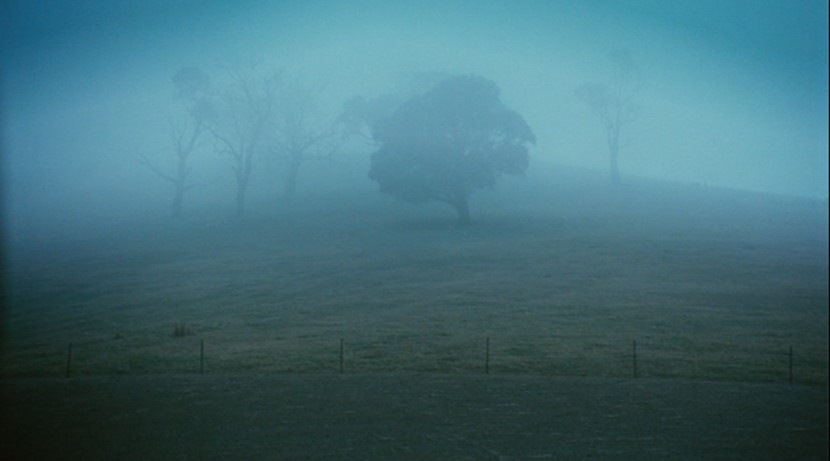
Pledger: One thing that I think is really important within the film is how the landscape becomes a character. I think it’s often the case in Australian films that that’s what happens. I feel like going to Lake Mungo is when the documentary moves away into more of this fictional imaginative space.
Brawley: I don’t think that the name Lake Mungo translates that well in America. It’s a lake that’s been dry for 60,000 years, and it’s one of the oldest locations of human civilization on the planet. They’ve found middens there, which are the leftovers of feasts from when the lake had water, bones and oyster shells and things like that. The idea was that Australia is an old place, very ancient. When you have a site like Lake Mungo where there’s been continuous human habitation for 60,000 years at least. There’s probably a few ghosts hanging out there. There’s probably a few stories.
Pledger: For many Australians out into the desert, they don’t know how to occupy themselves in this 360-degree horizontality. The cities are just pockmarks along the coast. Whatever’s happening out there — and it really is out there for most Australians — has an impact here, and we don’t really know what that impact is, but we feel its presence all the time.
Brawley: In a lot of Australian cinema is the idea of the hostility of that environment, and added into that this idea of a supernatural element. That’s why I think Lake Mungo was really interesting to Joel. And of course, the fact that [Alice] is seeing a drowned version of herself in a dry lakebed. The local dam is where it happens for her, but then she goes to this other place that used to be a lake teeming with life. That’s very interesting.
The Ghost
Brawley: That is Talia [Zucker] herself with some prosthetics on, the same ones that you see in the autopsy photos or the morgue photos that you see of her as well. This is in the very early days of mobile phones even having video. It was crazy to actually consider shooting it on a real mobile phone. If you have a full-size camera, the way you handle it is totally different from how you handle a phone. We shot a lot of tests with mobile phones versus a full-sized camera and degrading it. And we printed it out to film, and we looked at it in a cinema, and we kept coming back to doing it for real.
Exploring Grief
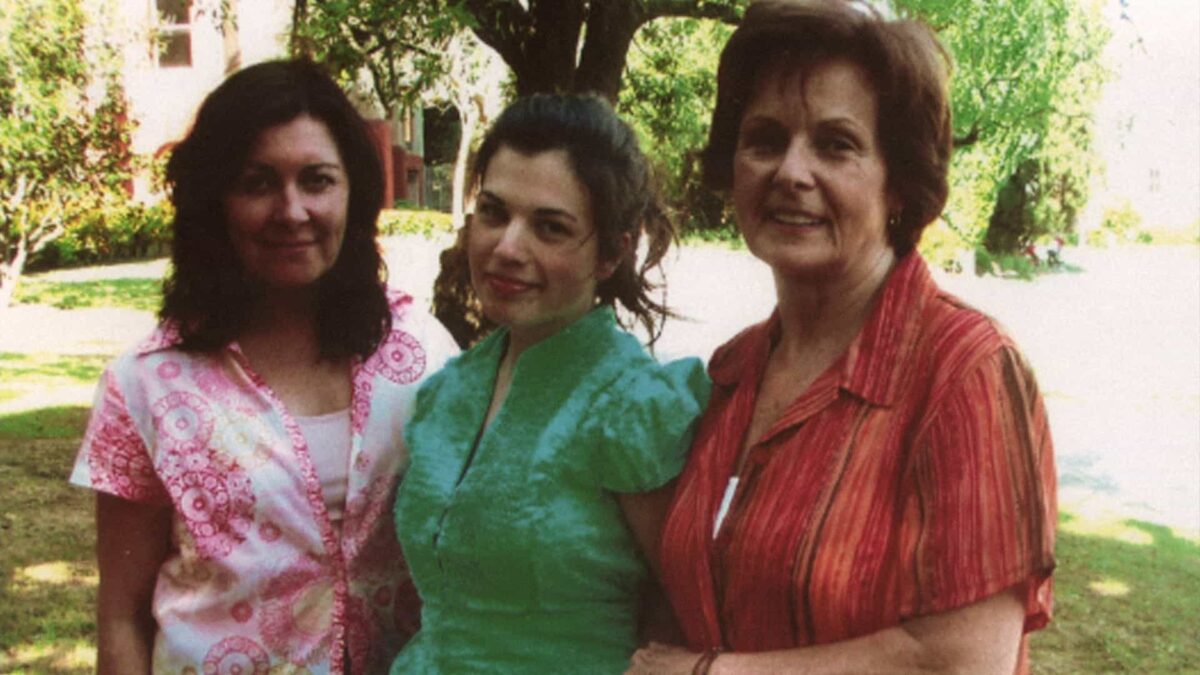
Pledger: The process of the acting was in accordance with the sensibility that this was really the story of a family that had lost a child, and they didn’t know why — I mean, the drowning, obviously, but there was so much blurring of interpretation and the mechanics of what took place. So it meant that there was enough space for us all to interrogate the idea of grief, and grief’s a really powerful emotion. You have to shed the life you were living in order to begin a new life.
Traynor: Grief just does weird things to you. I can remember sitting in the funeral parlor discussing my mother’s funeral arrangements, and my sister and I were just laughing hysterically. We were completely inappropriately laughing, talking about how we were going to do my mum’s makeup in the coffin and what shoes she would wear. You act very inappropriately from an outsider’s view of what is normal under the circumstances.
Pledger: That’s generally what happens when there’s an unexpected death. You really are drowning most of the time. I think for him the reason why [Russell] is saying these things that sound a bit odd is because he doesn’t have the language to genuinely express how he’s feeling.
If you look at a lot of the apparitions they talk about in the movie, they’re really just talking about home movies. The father talks about a moment where he sees Alice as a ghost and she gets upset. He’s really describing a home movie that you see separately in the movie. That memory through the prism of grief — does that conjure something? Does that project something? And if it’s only the family that is seeing and experiencing that, does that make it any less authentic or real?
The Legacy Of Lake Mungo
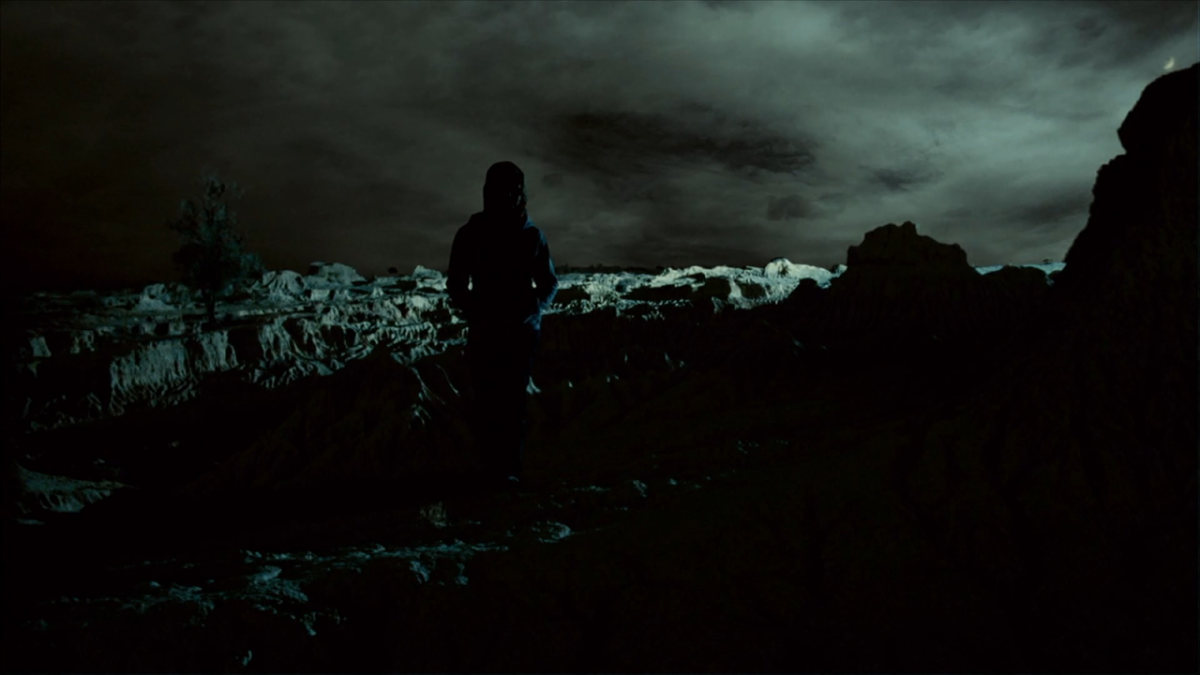
Pledger: There were two times when people came up to me on a plane and somebody next to me said, “I really just wanted to say how sorry I am about your daughter.” And I said, “what do you mean?” And they said, “well, you know how you lost your daughter?” And I said, “oh, you mean Lake Mungo?” They thought it was real. I had a friend who hadn’t seen me for a while ring me up and say, “I didn’t even know any of this had happened.”
Sharpe: I’m sure most people find it on a best found footage horror list or on Shudder or something. But it was always Joel’s intention that it would be something you might stumble across on a random TV station at two in the morning and be like, ‘what the hell is this?’ Which I think was a big part of why it wasn’t heavily promoted when it was released, particularly in Australia. I think that Joel really liked that it’s seeped out there and people have discovered it in different ways without coming at it expecting gore or heaps of jump scares. People just discovered in the way that he intended it to be discovered.
Brawley: I think [Joel] would describe it as a supernatural thriller, but I think unfortunately it got marketed in America as a horror movie. It was in this thing called After Dark that was like a horror thing, and I think that hurt it a little bit. It does have a moment of disquiet, a scary moment. But it’s not that rewarding if that’s what you’re looking for. If you’re looking for a horror movie, I don’t think it’s accurate to call it that.
Sharpe: During the pandemic I got on Twitter, and that’s where I discovered that people were still discovering it, way more people than I would’ve suspected in 2020. The audience that it has found has really been in America, it’s been discovered more than it ever was in Australia, which is really weird. In Australia, we weren’t contacted and there weren’t many interviews, so we didn’t really know. Obviously, it’s been a slow burn.
Stream Lake Mungo on Amazon Prime
Purchase Lake Mungo on Blu-ray from Amazon
Follow Daniel on Twitter, or as Bromf on Bandcamp
Find the complete October Horror 2023 series here:
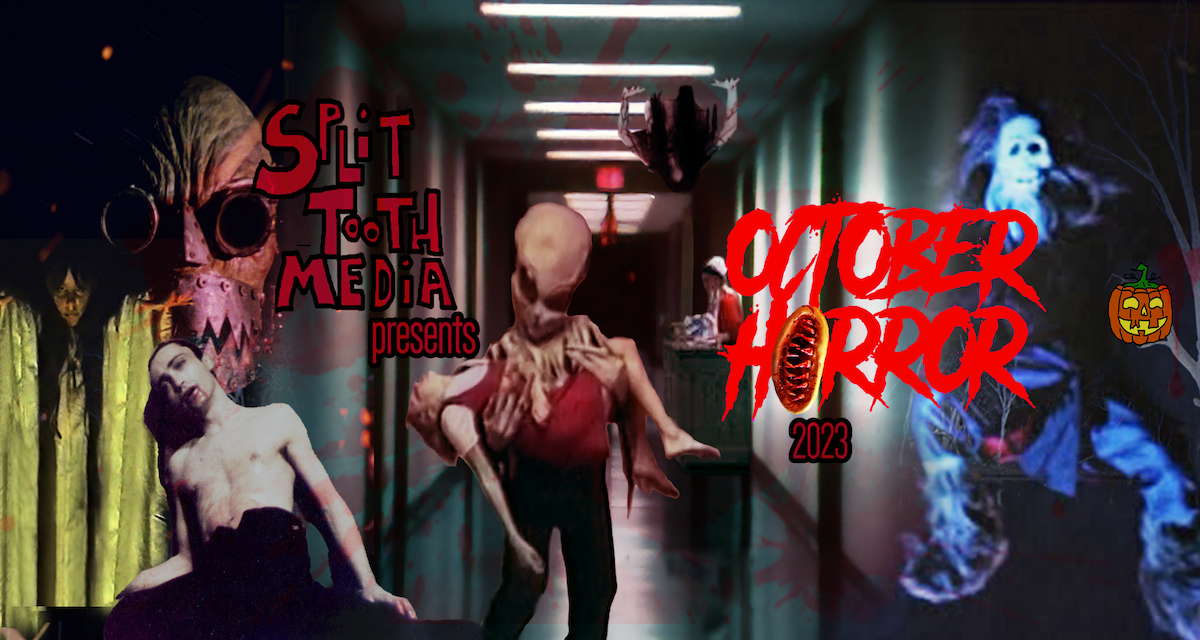
(Split Tooth may earn a commission from purchases made through affiliate links on our site.)

